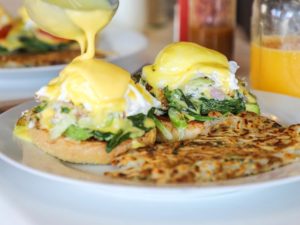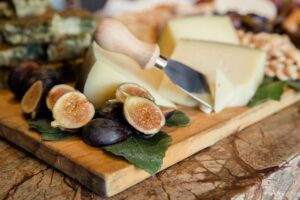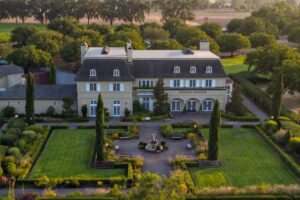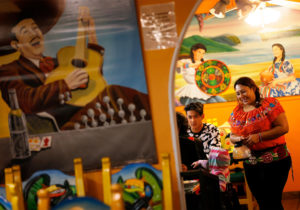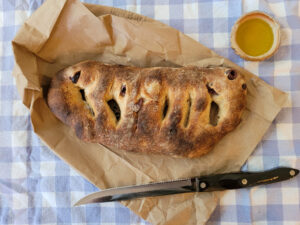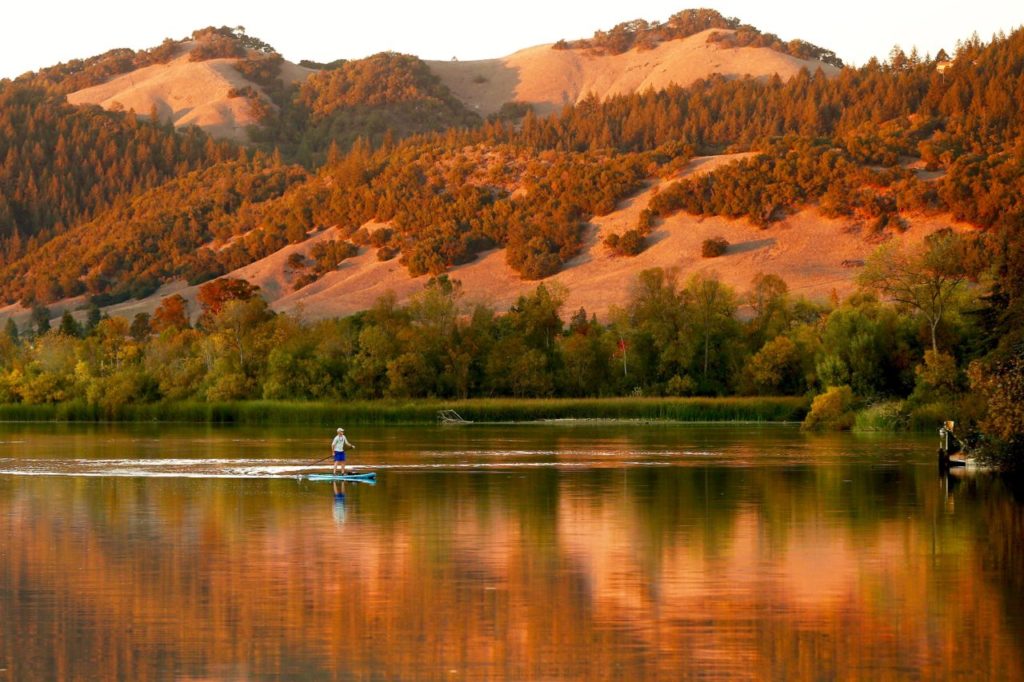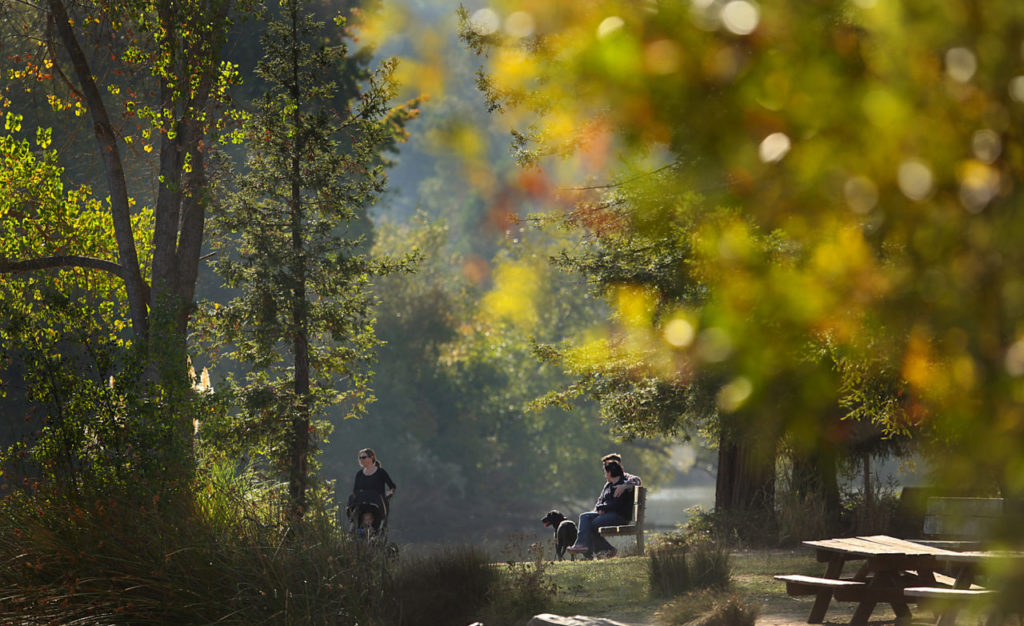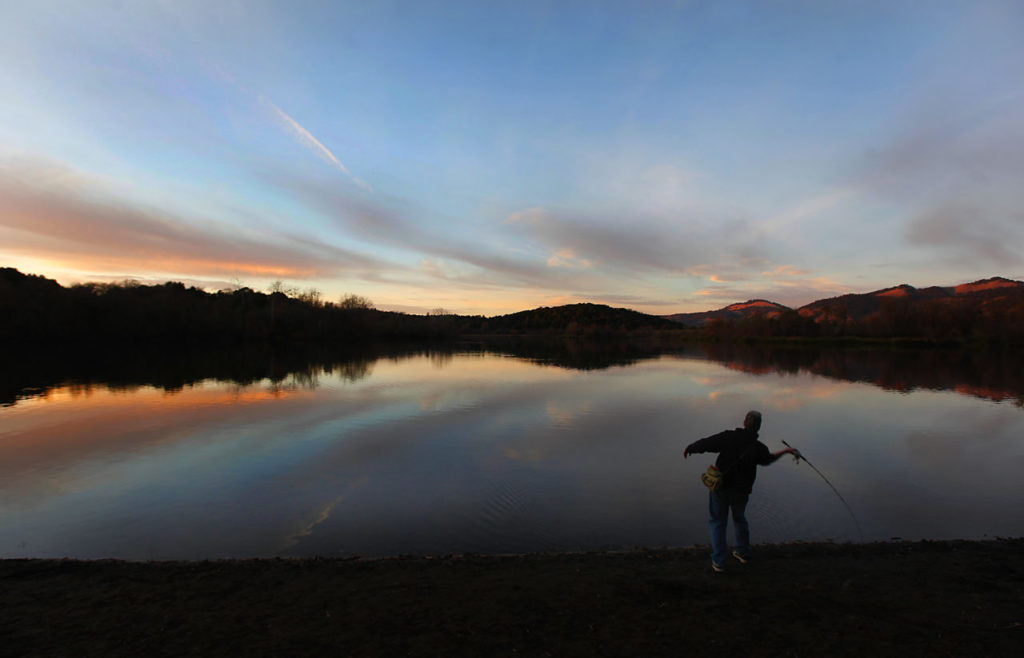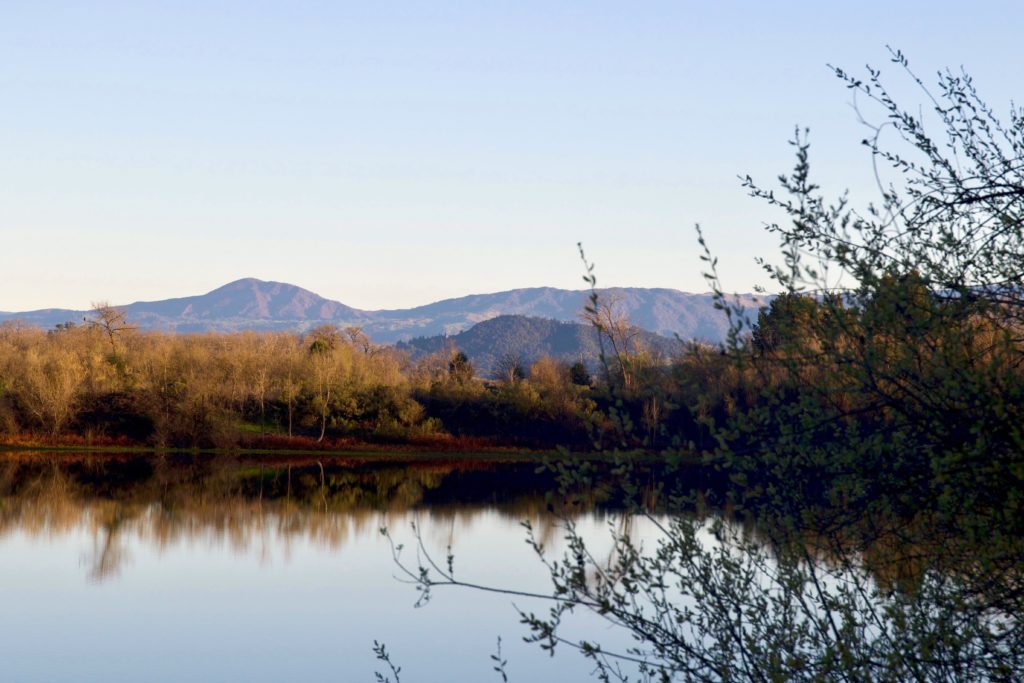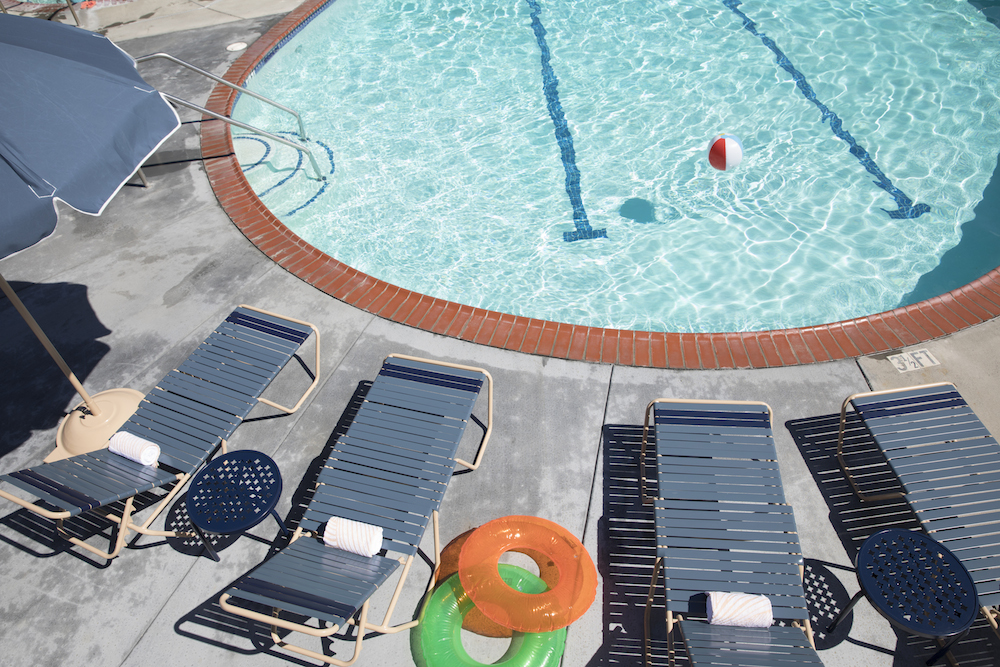This summer I walked around Spring Lake about a hundred times. I had given birth to a baby girl in the beginning of March and felt drained, overweight and alien. The walks began as a low-key way to ease my body back into someplace I wanted to be.
No journey to elite athleticism consists primarily of ambling around a two-mile loop while pausing to eat a ripe blackberry. But slowly, a modicum of fitness happened: the path was so gorgeous, its serenity so trance-inducing, that one lap often became two.
Something transcending exercise was happening, as well, something even more urgently necessary.
Over the course of the summer, our daughter’s pediatric cardiologist began to make the case that she would need a heart transplant. She has Long QT Syndrome Type 15, a rare variant of a rare condition affecting the squeeze, the function and the electrical currents of the heart. Without a transplant she is at risk for sudden, unexpected death. With one, the average life expectancy is twenty years and it’s a life often riddled with complications and hospitalizations. Sometimes it feels as if we are being asked to choose between quick or slow death. The field is advancing at all times, but still, there isn’t an expert on earth who can accurately predict her future.
Perhaps this is why Spring Lake lured me to its loop every morning, as soon as my babysitter arrived to take over my mothering duties: The reassurance of movement along a known path.
Of course the biodiversity is extraordinary, too: all matter of dogs, birds, trees and wildflowers, but also woodpeckers, herons, hawks, butterflies…and people. I was often heartened by my fellow walkers: Young and old; brown, black and white; affluent and modest; in shape and not. Together we make Spring Lake one of the most integrated and life-affirming places in Santa Rosa.
Amongst the regulars there’s a handicapped gentleman who, alongside his caretaker, drags a walker at a snail’s pace but never fails to give a hearty, giant-smiled hello. There’s a woman who walks with her poodle outward-facing in a baby carrier. There are dozens of small groups of elderly women expanding the quality of their senior years, I imagine, with every step they take together.
What you see while walking around Spring Lake is a seemingly infinite parade of human beings, the vast majority of them off of their devices, connecting to nature, their bodies and souls, and each other. Many people warmly make eye contact and say hello. It’s so simple and so utterly healthy. What would the world be like if everyone had a Spring Lake and trusted people to walk around it with and the time and resources to get away to walk?
Part of what made the walks particularly poignant to me was that I knew I wasn’t going to be able to take them once the summer was over. My husband and I split our time between New York City and Santa Rosa and have chosen to list our child for transplant at Columbia, in New York, rather than here, at Stanford. Once she’s listed, she can’t leave the city until she’s had her operation and is cleared by doctors to travel. This could be a year from now, or longer; it’s one of the many things we don’t know.
Indeed my life is filled now with unknowns and amongst them, more pressing than you’d think, is this: Where will I walk once I am back in New York City? Our neighborhood streets are loud and congested; our nearby parks are small and lake-less. Central Park, you say? That’s what I’ve come to as well. But you never lose sight of the city in Central Park. The looming buildings are ever-present. People aren’t off their devices. Even the squirrels seem far more frantic than the ones at Spring Lake.
So every walk this summer became precious. That’s what happens to a lot of things when the risk of death is near.
The specifics of what my family is facing are exceedingly rare but I don’t imagine for a moment that mine was the most troubled soul along the trail this summer. I’m an eavesdropper, and I picked up bits and pieces of marital crises, homes lost to fire, bodies succumbing to illness.
Life is long and not reliably gentle. But at Spring Lake many of us found and strengthened a benevolent truth: that inside a period of fear and sorrow, fellowship can thrive, the self can expand and beauty beckons.
Photography by Lizzie Simon, Alvin Jornada and Kent Porter. Learn more about the biodiversity around Spring Lake here.


